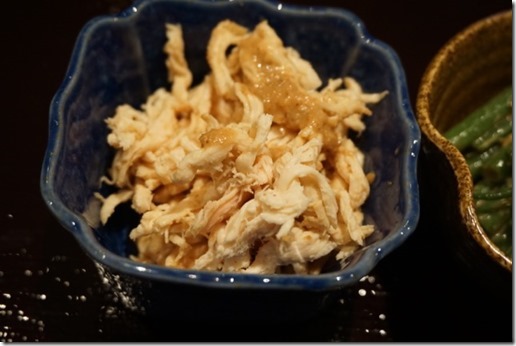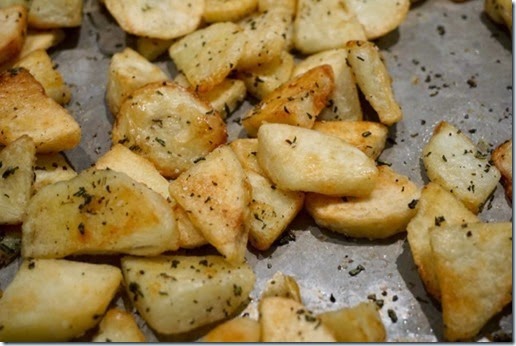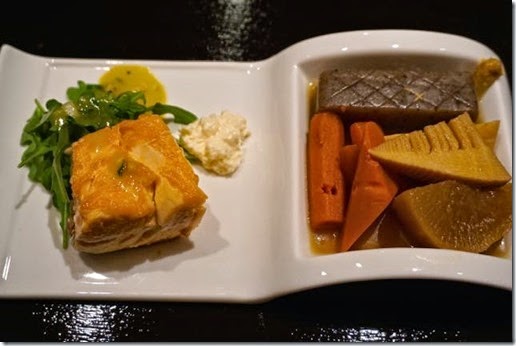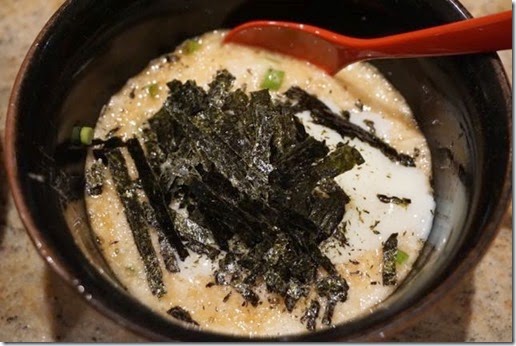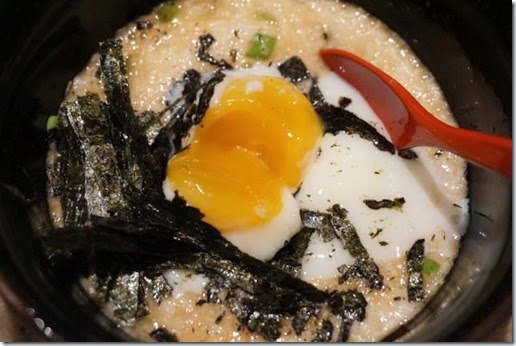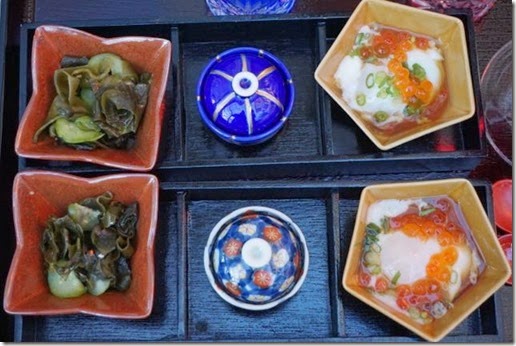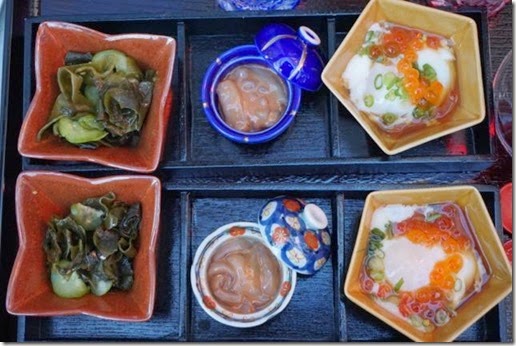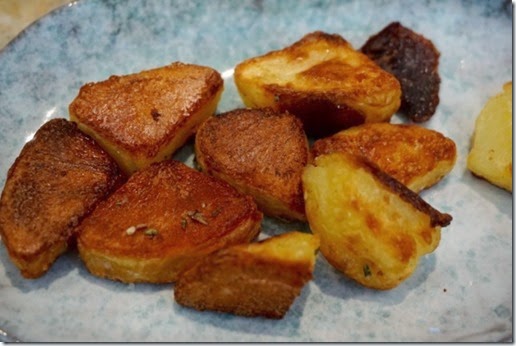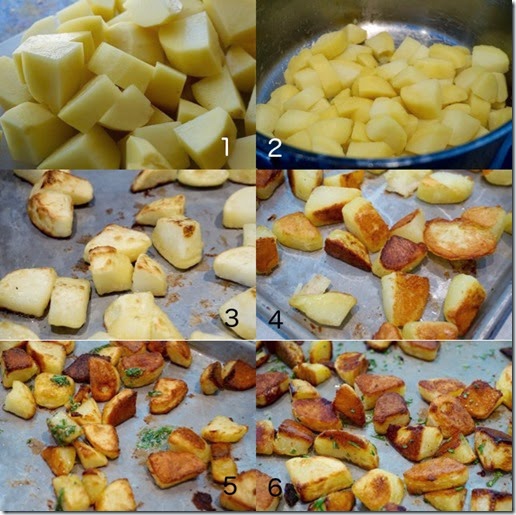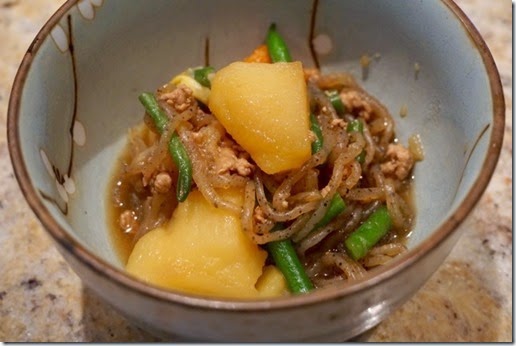On this trip we also got more small sake cups from Kita-ichi glass in Otaru 北市グラス、小樽, Hokkaido. One of them is shown here; a rather tall one with a frosted inside. We bought a set of 4 but when we used it for the first time, I broke one of them. Oh, well...glass and I do not always get along. In any case, I was looking for an occasion when I could use these new containers. Since we did not have anything special to eat and I did not have time to go to the Japanese grocery store, I decided to make something from what we already had in the refrigerator or freezer.
So, here are three small appetizers presented in the new containers. From the left, grated daikon and jako garnished with tobiko and edamame, center is peanuts in sweet miso with walnuts, the right is chicken (barbecued) and green beans dressed in sesame mayonnaise.
The one below was inspired by an otoshi dish we had in a Yakitori place called "Kushiwakamaru" in Naka-meguro (Dave, Tobias and their wives went there with us and we had a grand time). It is grated daikon with jako (dried small bait fish) dressed in sweet vinegar. At Kushiwaka-maru, the amount they gave us was so large that we (my wife and I) could not finish it. But this time, I made only a small amount that we could handle. Since I happened to have tobiko (previously frozen) and edamame (left over from a salad my wife made that day). I used these as garnish for additional color in the dish.
The center dish was inspired by the breakfast we had in Wakamatsu Honten 若松本店, a Japanese Ryokan in Narita where we always stay on our last night in Japan. Being a ryokan, they give us a grand spread of food for dinner and breakfast. I should have taken pictures. One of the dishes among so many served for our breakfast was peanuts in sweet miso, a Chiba 千葉 prefecture speciality (where Narita is located). While my rendition was not bad I will have to work on improving it. Initially my intention was to use walnuts as the basic ingredient. (I thought I could take a shortcut by stealing some of the walnuts my wife had roasted for her grain salads. While I had no problem snarfing the edamame because it was left over, I was not so fortunate with the walnuts. She caught me before I could amass a sufficient amount and I had to revert back to using peanuts) which were the main ingredient for this dish served at the roykan. This is how I made it. I put miso in a small sauce pan and added mirin and sugar. I mixed well and gently heated up the mixture until the consistency came back almost to the original miso. I then added ground walnuts (ground in a Japanese suribachi mortar) and further mixed. I then added peanuts (dry roasted lightly salted). It tasted very similar to what we had but was a bit too salty. I may use peanut butter in the next try.
The last one is shredded chicken (which we barbecued few days ago) and small pieces of cooked green beans and dressed then in sesame mayonnaise (mayo, sesame paste and soy sauce).
For three quick appetizers to inaugurate our new containers, these were quite ok. The peanuts in sweet miso was a bit too salty by itself but would have been perfect with rice. This dish definitely requires more improvement. Sake in a new glass also somehow tasted better.








